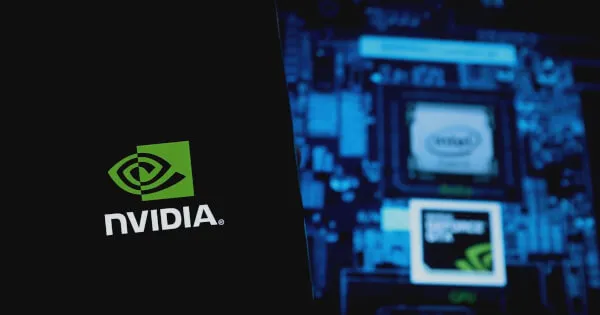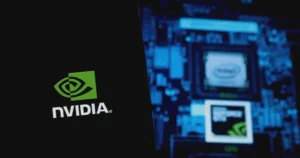
NVIDIA Enhances Multi-GPU Communication with NCCL 2.26 Release
In a significant development for the artificial intelligence (AI) and high-performance computing (HPC) communities, NVIDIA has officially released version 2.26 of its Collective Communications Library (NCCL). This new release enhances multi-GPU communication capabilities, significantly optimizing performance and reliability in AI and HPC applications.
The NCCL update brings a plethora of innovative features designed to streamline inter-GPU and multinode communications. The most noteworthy enhancements include the PAT optimization, implicit launch order, profiler support, QoS control, and RAS improvements.
One of the primary focuses of this release is performance enhancement through the Parallel All-Reduce Tree (PAT) algorithm. This innovation allows for more efficient execution by separating computation and execution processes, enabling multiple warps to execute steps concurrently. The implications of this optimization are substantial, especially in scenarios where numerous parallel trees are present.
Another key feature introduced with NCCL 2.26 is implicit launch order control. This functionality automatically manages kernel launch dependencies, drastically reducing the risk of deadlocks across multiple communicators.
The profiler support has also been significantly expanded to include new kernel profiler infrastructure and network-defined event support. These additions provide a comprehensive view of NCCL’s performance, enabling developers to identify bottlenecks and optimize their applications more effectively.
Furthermore, the release includes QoS control functionality. This feature enables users to prioritize critical network communications, resulting in improved end-to-end performance in situations where overlapping communication scenarios are encountered.
Last but not least, NVIDIA has made significant strides in reliability with RAS (Reliability, Availability, Serviceability) improvements. These enhancements focus on better diagnostic capabilities and stability issues.
The release also addresses several bugs and introduces minor features, including Direct NIC support, enhanced diagnostic message timestamping, and improved memory usage with NVLink SHARP. These updates contribute to a more reliable experience across various systems.
For further information regarding the NVIDIA NCCL 2.26 release, please refer to their blog post for detailed insights on this new development.
Source: Blockchain.News


